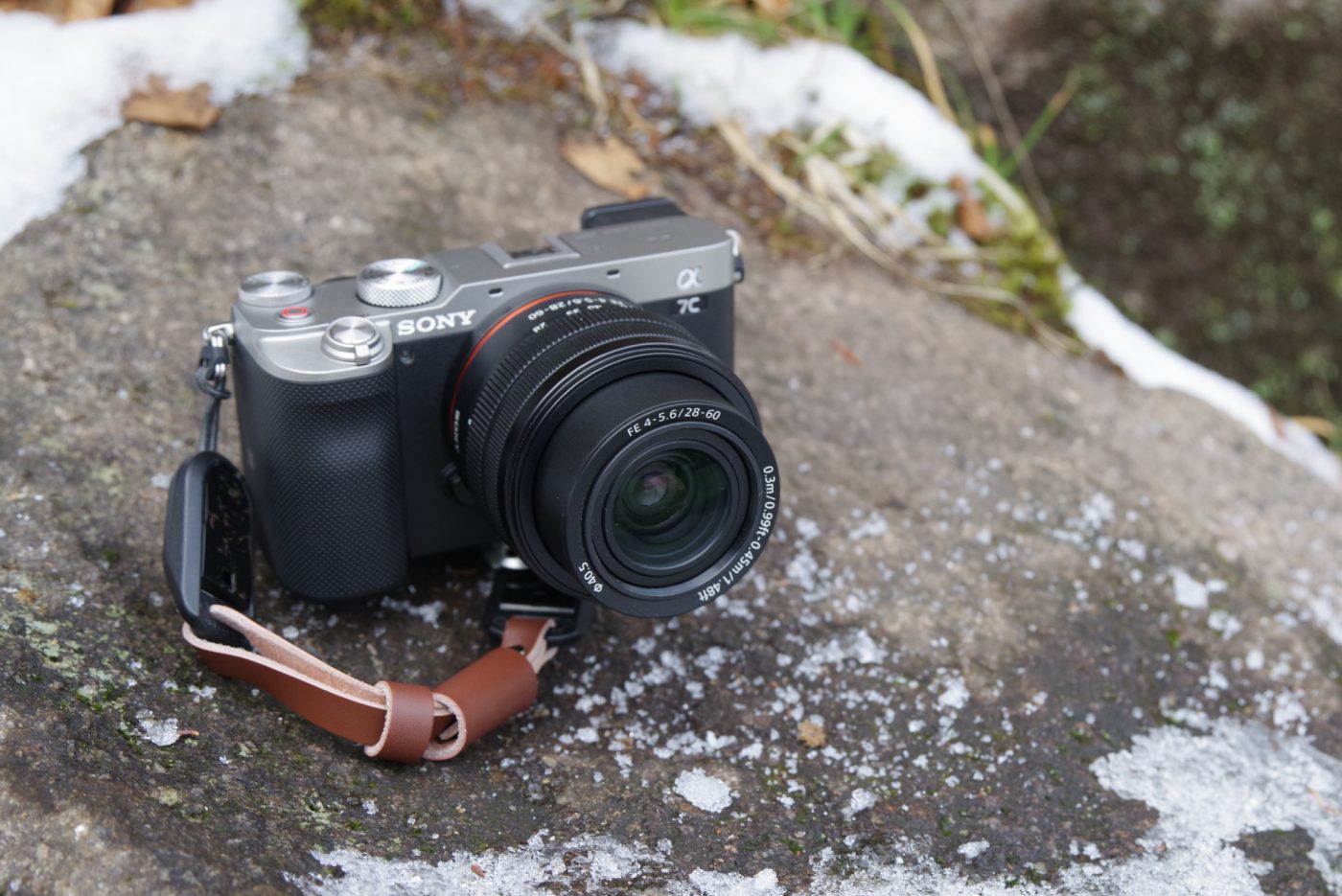The Sony A7C camera is, in many ways, a blending of two current product lines using the Sony E-mount: it has most of the internals of the two-year-old full frame A7iii, but a body more closely resembling the APS-C A6600.
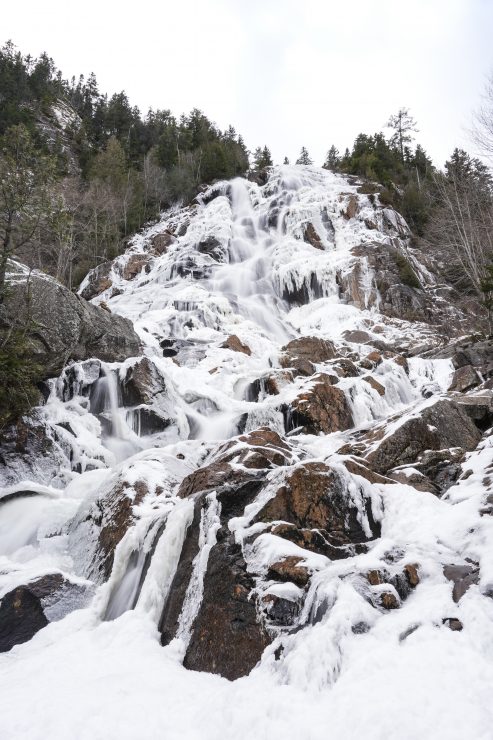
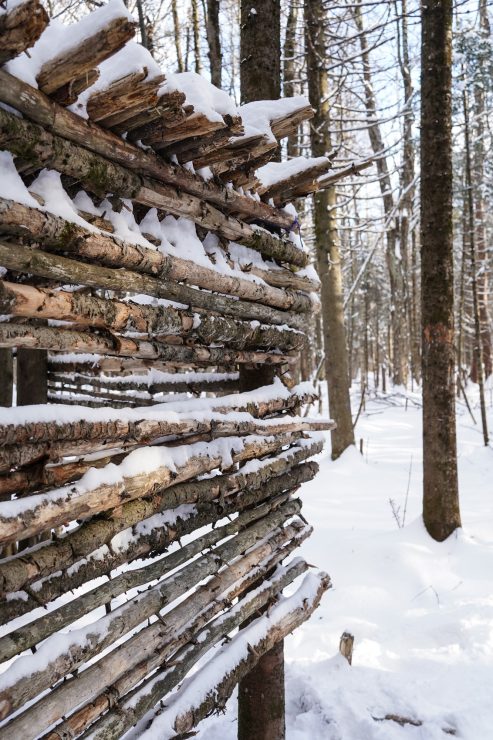
As such, the A7C should not be seen as a replacement for the A7iii. Sony claims that this camera is the first in a new product line. In other words, the A7iii and its successors will continue using more traditional ergonomics with a larger, centered viewfinder and more external controls, while the A7C will cater to people looking for full frame in a smaller form factor.
Given that the A7C retains most of the characteristics of the A7iii, how does the camera fit in the Sony lineup?
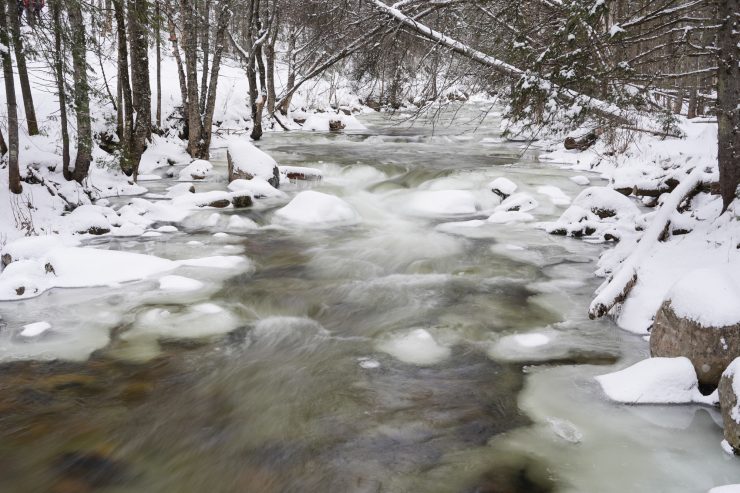
Mainly because of its side-swiveling LCD screen, many people immediately associate the A7C with vlogging. This association makes sense: the swivel mechanism does present an improvement for vloggers when compared to the one found on the A7iii (which swivels towards the top). This allows the use of an external, hot-shoe mounted microphone with the screen facing forward.
However, there is another market segment that is ideally served by the A7C: hikers and, by extension, travelers.
Catering to a Hiker’s Needs
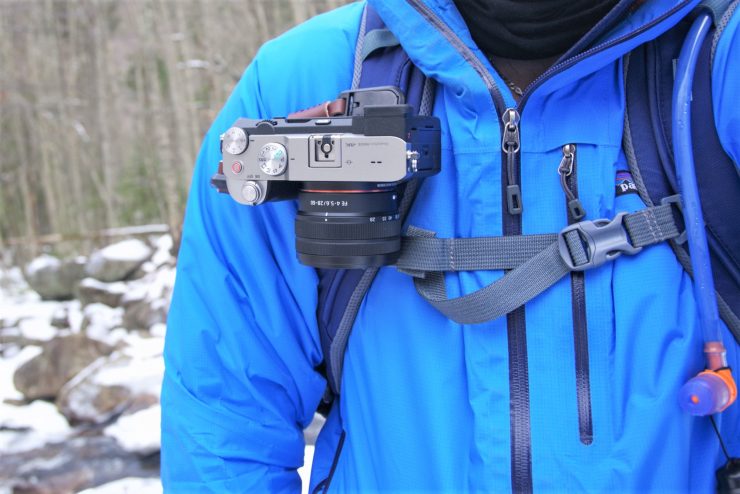
Whether they go out for a few hours or a few days, hikers always put a lot of emphasis on volume and weight. A hiker carries food, clothing, tools. A photographer will probably wish to carry a tripod, a few lenses, batteries, accessories. All of this increases the total weight which must be carried by the hiker.
In this regard, the advantages of the Sony A7C are numerous. There are other small cameras on the market, many of which come from Sony’s APS-C lineup. In many cases, an APS-C camera will be sufficient for hiking photographers, but others, and in particular landscape photographers, will wish to take advantage of the increased dynamic range offered by full frame sensors.
The A7C also uses Sony’s SteadyShot image stabilization system. There is exactly one smaller full frame camera currently on the market (the Sigma FP). That camera lacks image stabilization and its ergonomics are, to put it mildly, a matter of compromise. The Sony A7C does not offer the deeper grip and number of external controls of a larger camera, but it does at least offer an actual grip and a level of comfort comparable with other mirrorless cameras on the market.
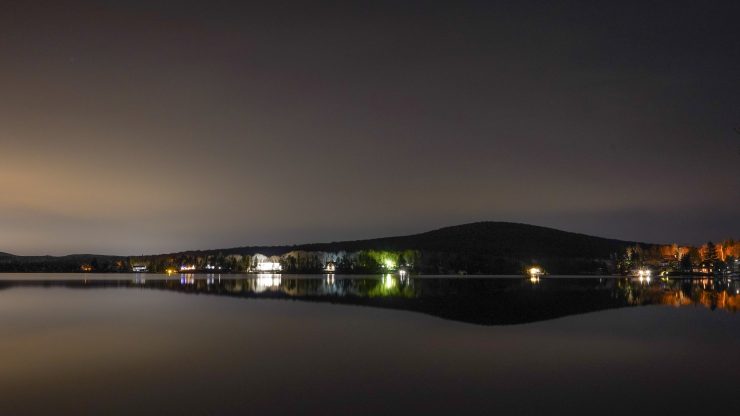
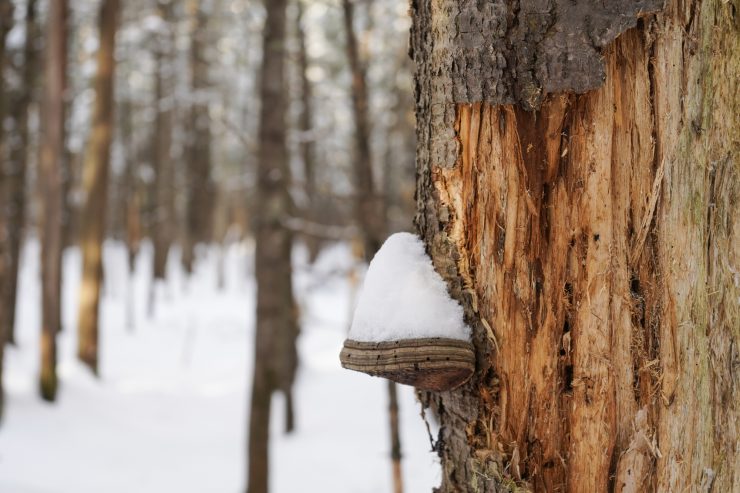
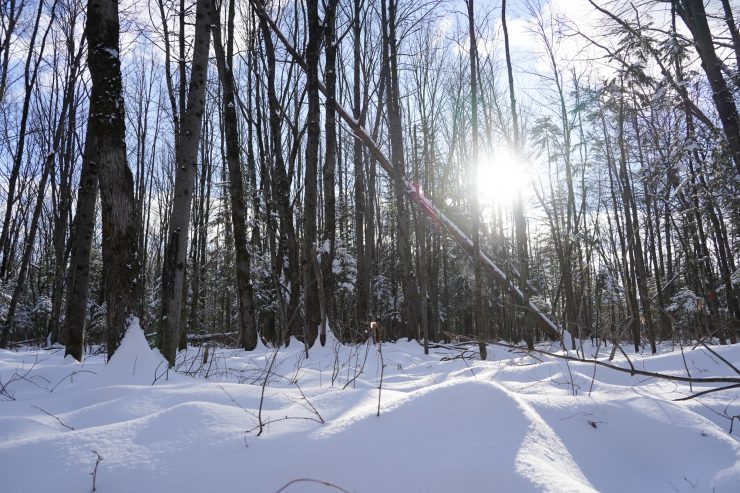
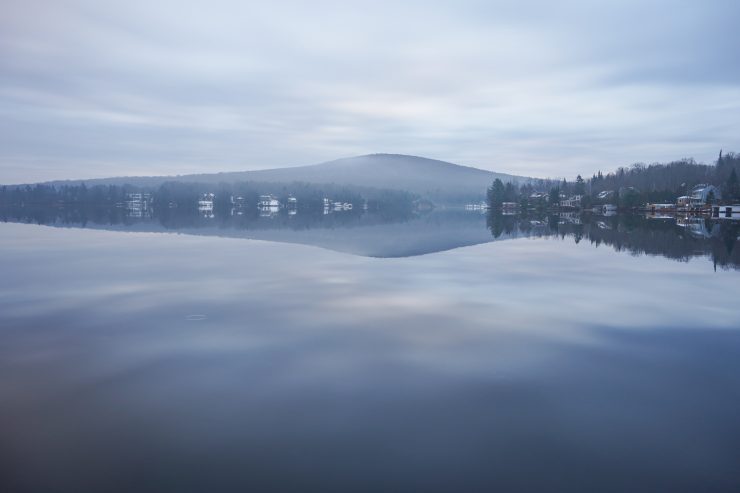
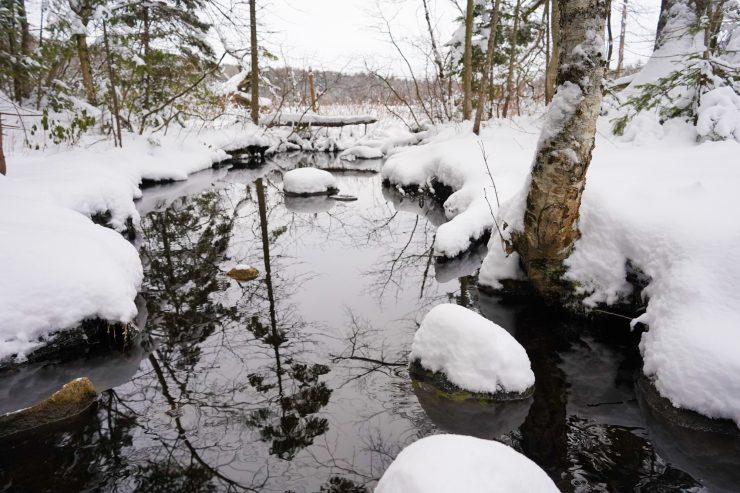
The A7C (like its A7iii sibling) also improves on the battery life when compared with previous Sony mirrorless cameras, and with the mirrorless market as a whole. With a rating of 740 shots, it will minimize the need to carry numerous spares.
Finally, the A7C is weather resistant. Again, the camera is not class-leading, and certainly does not offer the level of protection of, say, a Pentax K-1 DSLR. Still, the A7C will be able to withstand splashes and exposure to rain and sprays.
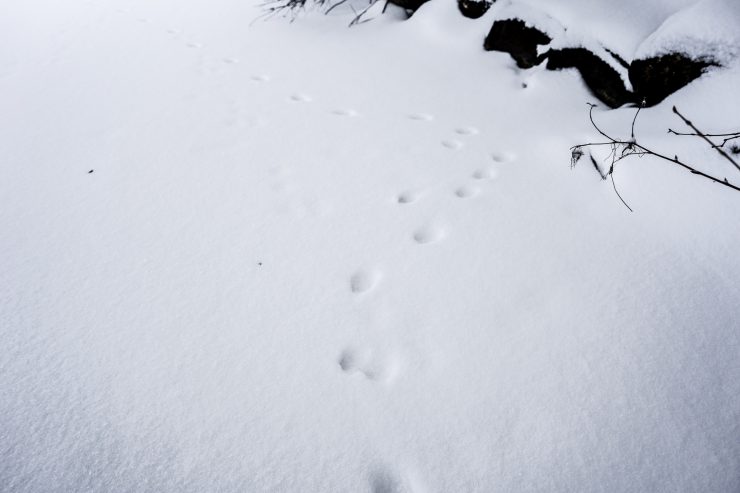
In short, the Sony A7C checks most of the boxes for a hiker’s ideal camera: a compact, light, full-frame body, with good ergonomics, in-body image stabilization, and weather resistance.
A Body and a Lens
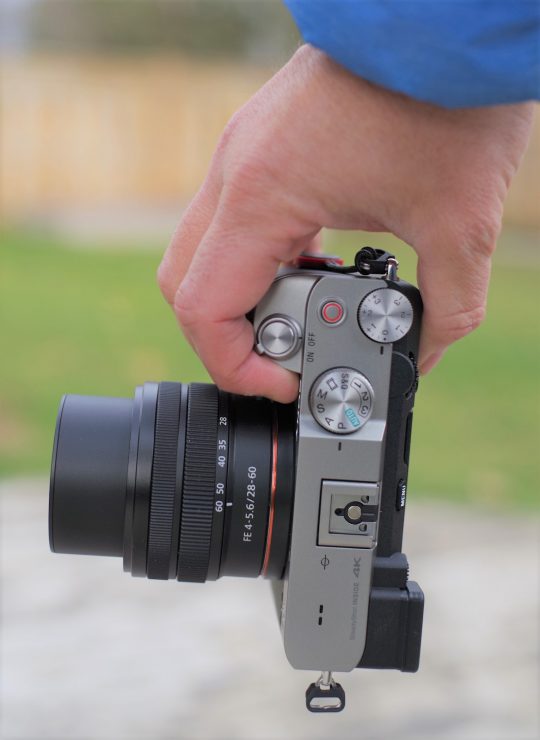
Saving a few hundred grams with a compact camera body becomes almost irrelevant if the camera is coupled with a large and heavy lens. This is why I think it made perfect sense to launch the A7C with the FE 28-60mm lens.
Thanks to its retractable design, the FE 28-60mm lens becomes tiny when not in use. In this, it fits perfectly with the design ethos of the A7C. Luckily, it doesn’t stop there.
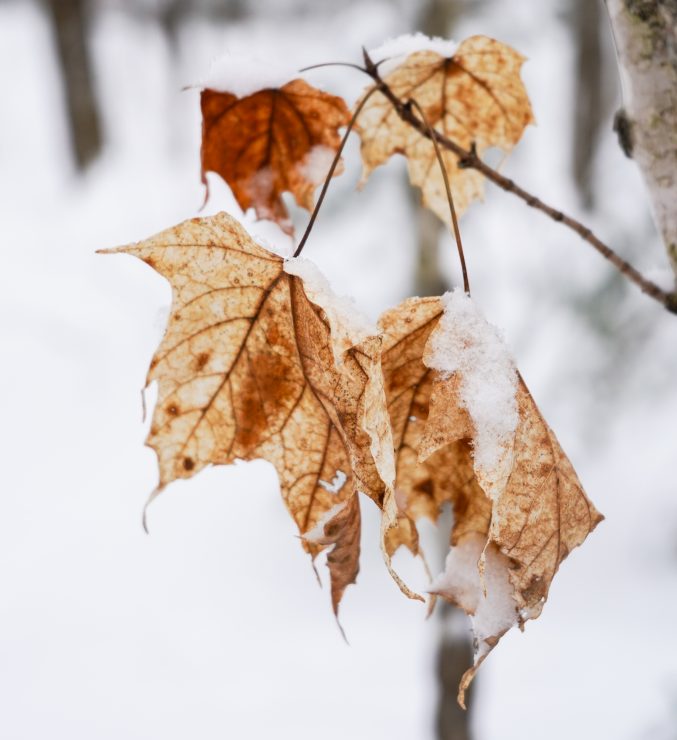
A compact lens wouldn’t be useful if it weren’t able to deliver strong optical performance. The good news is that the 28-60mm delivers pleasing results, well above general expectations for a kit lens. Sharpness is high, especially in the center, and contrast is well tuned, increasing the perceived sharpness. Bokeh with a relatively slow lens is never ground-breaking, but the lens still manages smooth out-of-focus blur without disturbing highlights.
The lens is weak for distortion and vignetting, but the camera takes care of these effects automatically. The 28-60mm also resists flare and ghosting well, which will be particularly relevant for landscapes. It also focuses quickly and silently, and excels at subject tracking.
The lens is also not particularly fast, with a maximum aperture of f/4 at the wide end rapidly climbing to f/5.6 at the tele end, and 28mm is not a particularly wide focal length. In other words, the 28-60 is somewhat of a compromise. Users who want a wider or faster zoom will have to look elsewhere and live with the bulk. Users who wish to keep their camera setup small will accept those compromises, and benefit from a lens with solid optical performance.
Other Lens Options
The beauty of the current FE-mount lineup is that it offers many options for compact primes, several of which come with weather sealing.
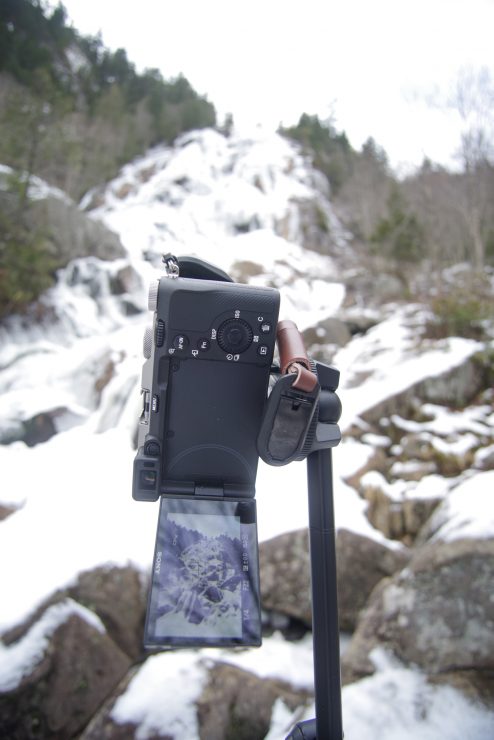
Sony offers three lenses that I consider compatible with the spirit of the A7C: the FE 28mm f/2, Sonnar T* FE 35mm f/2.8 ZA, and the FE 50mm f/1.8. Only the 50mm lacks weather sealing.
Tamron offers a superb trio of lenses which all share the same external dimensions, the same f/2.8 aperture and are all weather sealed: the 20mm, 24mm and 35mm (all of which cost $250 or less). In fact, even their zoom lenses for mirrorless are designed to be lightweight, and the 17-28 f/2.8 and 28-75 f/2.8 are very well regarded (see our reviews here and here).
If you don’t mind manual focus, Laowa offers several wide angle lenses. Sadly, none are weather sealed, but some do come with the small size that will be desirable for hikers, namely the 11mm f/4.5, and 15mm f/4 macro.
Samyang/Rokinon also produce several relevant products. Their 18mm f/2.8, 24mm f/2.8, 35mm f/2.8 and 45mm f/1.8 are all of interest, and their 75mm f/1.8, while longer than the other lenses on this list, is compact for a short tele and will help extend the reach of a travel kit. Sadly, none are weather sealed.
Sigma offers some interesting product, in particular their newly announced “I” series, composed of the 24mm f/3.5, 35mm f/2, 45mm f/2.8 and to some extent, 65mm f/2 (this one is longer and heavier than most).
All of these lenses pair nicely with the A7C camera and the FE 28-60mm lens. They are all compatible with the concept of a compact, high-quality kit for hiking and travel.
Conclusion
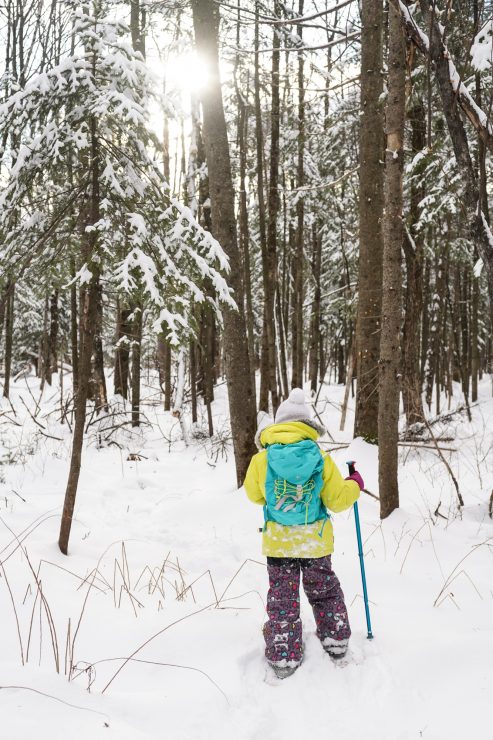
With the introduction of the A7C, Sony offers a compelling choice for hikers, travelers, or anyone wishing to travel light. The camera and its accompanying kit lens appear to have been tailored with this demographic in mind. The compromises and included features correspond to what a hiker will desire.
Thanks to the numerous options available on the full frame E-mount, the A7C integrates seamlessly in the lineup and offers an option worthy of consideration.
Are you considering the Sony A7C for your travels or hikes? Let us know in the comments!

